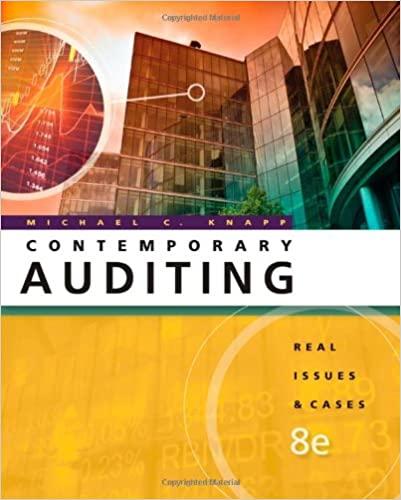Required information [The following information applies to the questions displayed below.) Elite Events Corporation has provided event planning services for several years. The company has been using the percentage of credit sales method to estimate bad debts but switched at the end of the first quarter to the aging of accounts receivable method. The company entered into the following partial list of transactions during the first quarter. a. During January, the company provided services for $300,000 on credit. b. On January 31, the company estimated bad debts using 1 percent of credit sales. c. On February 4, the company collected $250,000 of accounts receivable. d. On February 15, the company wrote off $3,000 account receivable. e. During February, the company provided services for $250,000 on credit. On February 28, the company estimated bad debts using 1 percent of credit sales. 9 March 1, the company loaned $15,000 to an employee who signed a 4% note, due in 9 months, h. On March 15, the company collected $3,000 on the account written off one month earlier On March 31, the company accrued interest earned on the note. J.On March 31, the company adjusted for uncollectible accounts, based on the following aging analysis, which includes the preceding transactions (as well as others not listed). Prior to the adjustment, Allowance for Doubtful Accounts had an unadjusted credit balance of $9,000. Over 90 0 to 30 $ 1,000 Customer Aerosmith Biggie Sma11 Others (not shown to save space) 22 Top Total Accounts Receivable Estimated uncollectible ($) Total $ 2,000 2.000 99,000 7,000 $ 110,000 Number of Days Unpaid 31 to 60 61 to 90 $ 1,000 $ 1,000 42,000 9,000 $ 1,000 9,000 39,000 7.000 $ 47,000 58 $ 43,000 100 $10.000 201 $ 10,000 408 2. Prepare the journal entries for items (a) to 0) (If no entry is required for a transaction/event, select "No Journal Entry Required" in the first account field.) View transaction list Journal entry worksheet Record the collection of $250,000 outstanding accounts receivables on February 4. Note: Enter debits before credits Transaction General Journal Dobit Credit c Record entry Clear entry View general Journal 2. Prepare the journal entries for items (a) to 0) (if no entry is required for a transaction/event, select "No Journal Entry Required" in the first account field.) View transaction list Journal entry worksheet

















